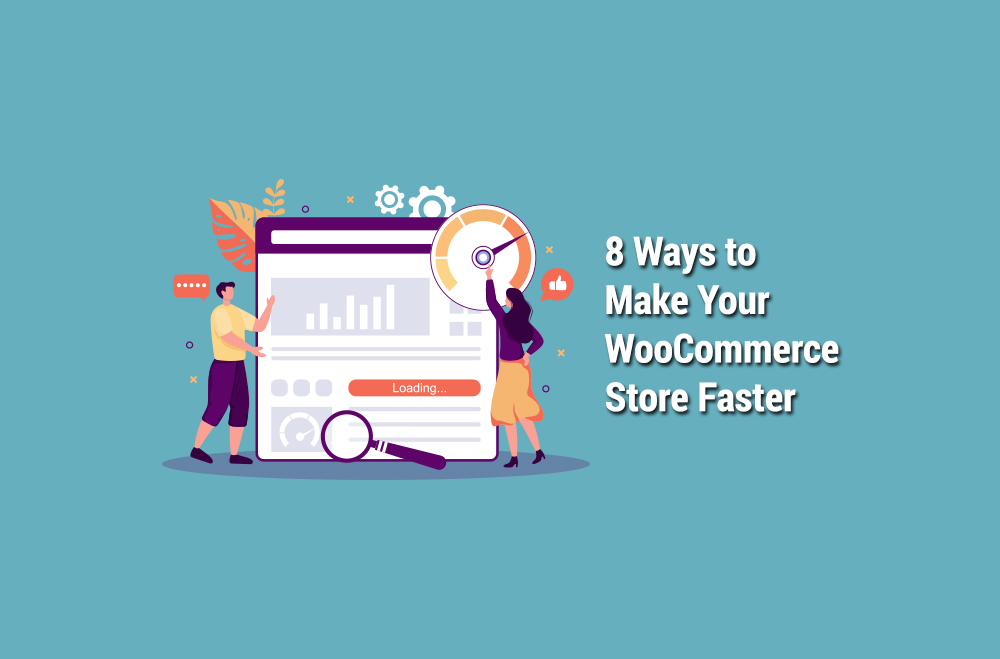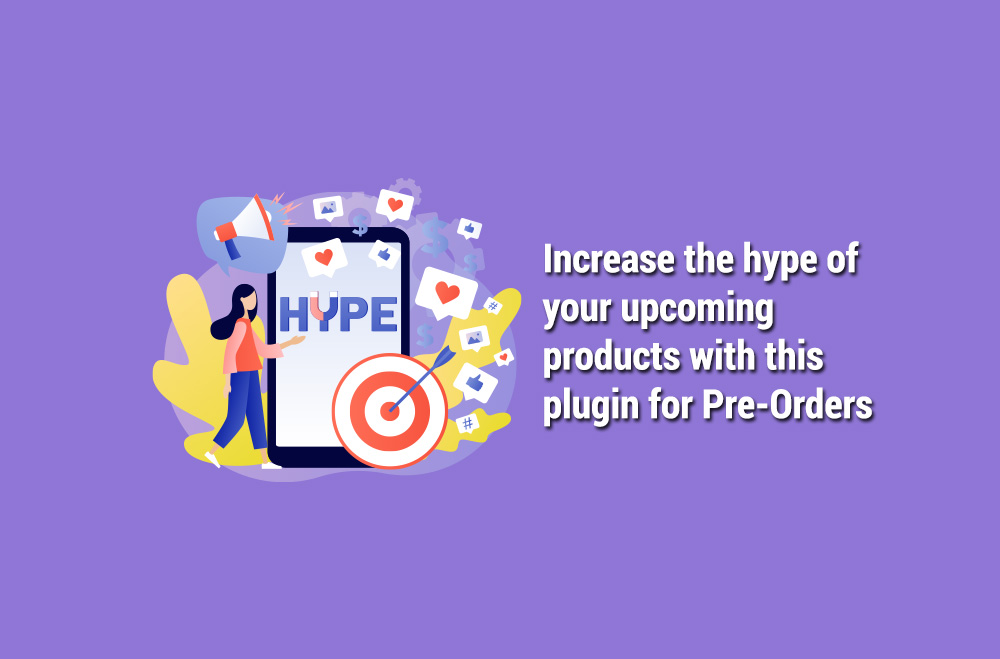
Speed is crucial for a WooCommerce site since a fast website provides a better shopping experience. When the user experience is good, it will translate to happy customers, increased ROI, and improved SEO. Enhancing the speed of your WooCommerce website prevents lost sales from customer drop-offs, which will lead to greater revenue and profits. If the speed of your website is slow, bounce rates will be higher, and customers will shop elsewhere.
No one likes to wait, whether in real life or online. If your website takes more than 3 seconds to load, nearly 58% of the shoppers will abandon your site. Out of those that leave, 40% will never return to your website. With that in mind, let’s look at some ways to make your WooCommerce website faster.

The first step to having a fast website is understanding your WooCommerce site’s speed. You will still need to keep testing the speed while making the necessary changes to ensure that the improvements are working.
You could use GTMetrix, Pingdom Website Speed Test, WebPageTest, or PageSpeed Insights, where the latter by Google takes a look at the contents of your page and provides suggestions that can make your page faster. These sites offer complex metrics and analytics that give you an idea of how fast your website loads and let you recognize how your optimization helps to improve the loading time.
The best way to get the most accurate results is to test using multiple tools.
One of the crucial factors to consider if you want a fast website is the hosting provider. Their underlying hardware architecture will determine your WooCommerce site speed, as it is responsible for handling traffic and data. Your host should provide high-end cloud infrastructure that can adapt as your WooCommerce store grows. A WordPress hosting is the best option, and it should have the following:
When choosing a hosting provider, it is best to go for the one with servers close to your audience for reduced response time. If you go for a shared hosting plan, then go for one that doesn’t have many sites on one server, or you could consider a dedicated or VPS plan to have exclusive server space.
A WooCommerce website requires you to use an impressive and up-to-date theme with numerous features optimized for performance. Choosing a lightweight theme for your WooCommerce website would be best, as they are usually faster. Whichever theme you choose needs a clean codebase to prioritize speed over aesthetics. A complex theme with many built-in features installs more codes on your website, thus making it slower.
If you want to know whether a theme is fast, you could run its demo pages through speed testing tools and find out from customer reviews. Choose a theme with most of the features you require for your online store. Specific themes such as Storefront, Shoptimizer, and WoondrShop are built to run WooCommerce websites and don’t require one to install third-party plugins. You can start by choosing a free theme and then use a page builder to include only the necessary features to speed up your online store.
The existing plugins, widgets, and external resources can either slow down or optimize your WooCommerce store without optimizing user experience, increasing functionality, or creating revenue. You can replace the widgets and sharing tools with simple share buttons to prevent additional HTTP requests and limit dependency on internal DNS queries.
While plugins help improve performance by allowing flexibility, installing all of them is unnecessary. The plugins that you might consider compress images, reduce cart abandonment, checkout and shipping options, and increase sales. Plugins can also be helpful in automatically cleaning up your database to speed up your WooCommerce website.
Optimizing images is essential if you want to have a fast website, as they are the heaviest and most difficult files for a server to handle. They represent most of the bytes downloaded on a page; hence, optimization by reducing size helps speed up WooCommerce stores and bandwidth consumption. While you need to make the images small, balancing the image quality with the size is crucial.
We recommend resizing and compressing your images before uploading them by running them through an image compressor on WordPress to strip them of all unnecessary information and data. The best format to upload photos is JPEG, as it is smaller. PNG is suitable for logos, icons, transparent images, and illustrations, while GIF is best for animations. You might have to eliminate and replace images to speed up your WooCommerce page to attain the proper size.

Whenever a user visits your store, their browser loads all your site’s data, including CSS, JavaScript, videos, and images. The size of your website will determine how fast this information will load the first time. If you enable caching, the user’s browser will save a copy of the site files they visit, and the site will load faster on their subsequent visits. Although some hosting providers have servers that retain a browser cache, you could install a plugin such as WP Super Cache, W3 Total Cache, WP Rocket, or Breeze WordPress to speed up the caching.
A content delivery network (CDN) uses servers worldwide and takes the strain off your server. CDN downloads videos, images, JavaScript, CSS, and other resources from your site and places them in different geographical locations (Points of Presence or PoPs) to decrease the distance from the user to the resource. It is an excellent solution if your WooCommerce store sells internationally because the CDN will load your site from the closest server to the customer, regardless of their location.
Even if your site runs on a fast server, its limitations will lie at the location of the request, and PoPs step in to avail the nearest resource. The CDN PoP delivers the closest cached result, thus resulting in a fast website and a better user experience. More PoPs and a wider global spread will make your website faster.
WordPress usually provides 32 MB of PHP memory, which is insufficient for running a WooCommerce store. Increasing this memory limit to 256 MB or more would be best to avoid crunches and speed up your site. The recommended memory limit for a WooCommerce site is a minimum of 128 MB. In some cases, you can increase the memory limit from your hosting control panel, but if not, then your hosting provider can always do it for you.
You will also need to upgrade the PHP version you are using, as each update is usually faster than the last, which will increase your site’s performance. The version of PHP that you use depends on your host, and you can change it on the control panel, but make sure to create a full backup before you update your PHP version.
Having a fast website is the key to making your WooCommerce store generate more revenue, as users will have a better experience, and there will be minimal bounce rates. At Bright Plugins, we understand the importance of increasing your ROI and making your customers happy from the experience they get on your website. Check out how our preorder plugin helps you boost your sales to new and existing customers. Contact us today for more information!





